Clusters in Action: Building Pathway Ecosystems That Work
Key Points
-
Implementing Career Clusters as an ecosystem can transform education by aligning with industry needs and student goals.
-
Embedding social capital development into pathways enhances student readiness and community connections.
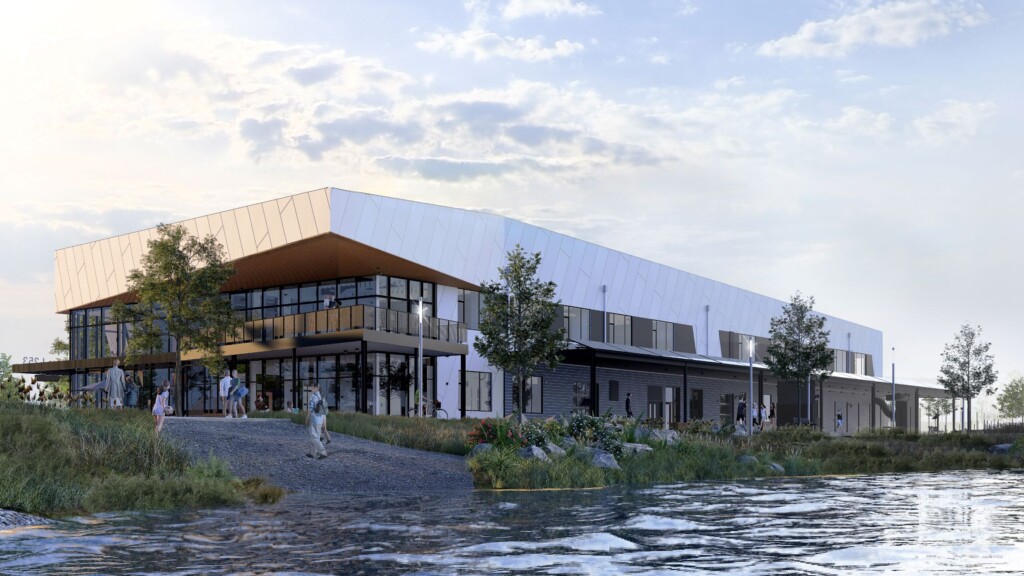
Behind the scenes, this framework isn’t just theory. It’s motion.
It is the heartbeat of projects like:
- Maritime|253 Skills Center (Launching Fall 2026)
- Tacoma Flex
- Jobs 253
- And the integration of Social Capital and Mentorship into the DNA of our student experience
We are not just changing what students learn. We are changing what’s possible by putting each student behind the wheel of the future they choose.
In Part 1, we explored why Career and Technical Education (CTE) needs a national reboot and how the Advance CTE Career Cluster Framework offers a clear, scalable roadmap for the future of Career and College Readiness (CCR).
But frameworks don’t change lives. Ecosystems do.
We are obligated to move beyond theory into measurable action, with outcomes and milestones of celebration that are unique to each learning community implementing this work. It starts with a renovation mindset, one that embraces Career Clusters not as a compliance checklist, but as a blueprint for designing readiness experiences built for real lives, real careers, and real futures.
When we maximize the power of the clusters, we redesign mindsets, capitalize on assets, grow practices, and build systems that are primed for pivots as we flex and embrace the unprecedented rate of change coming through innovation. This approach shifts our metrics and motivations toward empowering purpose, passion, and possibility.
Let me show you what this looks like in Tacoma.
Beyond Frameworks to Ecosystems That Work
At Tacoma Public Schools, we took a clear stance in moving away from an inch-deep, mile-wide approach to boutique pathway development. We adopted a mindset of readiness architecture — using the Career Clusters as the structural frame, then customizing each beam, room, and hallway to fit our students, our economy, and our future.
We did not just map pathways to the wheel and call it good. We layered in the supports, relationships, and real-world experiences students need to thrive, building a living, breathing ecosystem of opportunity.
So, what was the result? A series of interconnected, industry-aligned experience journeys that serve not just learners, but our entire city and regional economy.
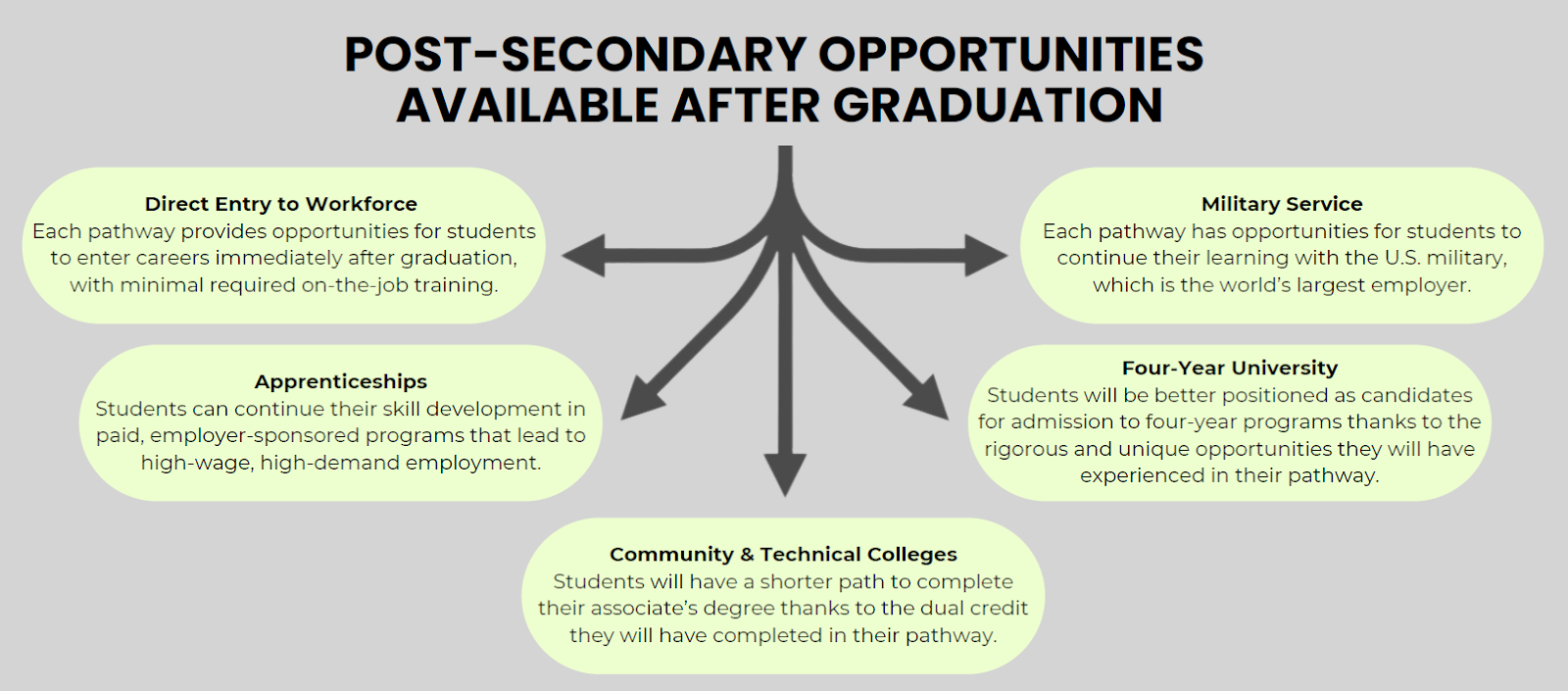
Here’s a look at what this transformation looks like in motion:
Maritime|253 Skills Center: Advanced Preparation in Action

Opening in Fall 2026, Maritime|253 is more than a Skills Center. It’s a regional accelerator for careers in logistics, marine trades, automation, aviation, and clean energy. Built around multiple Career Clusters including Transportation, Manufacturing, STEM, and Energy, students explore pathways grounded in:
- High-skill, high-demand maritime and port-related careers
- Project-based, competency-driven learning tied to the future of work
- Certifications and dual credit aligned with industry expectations
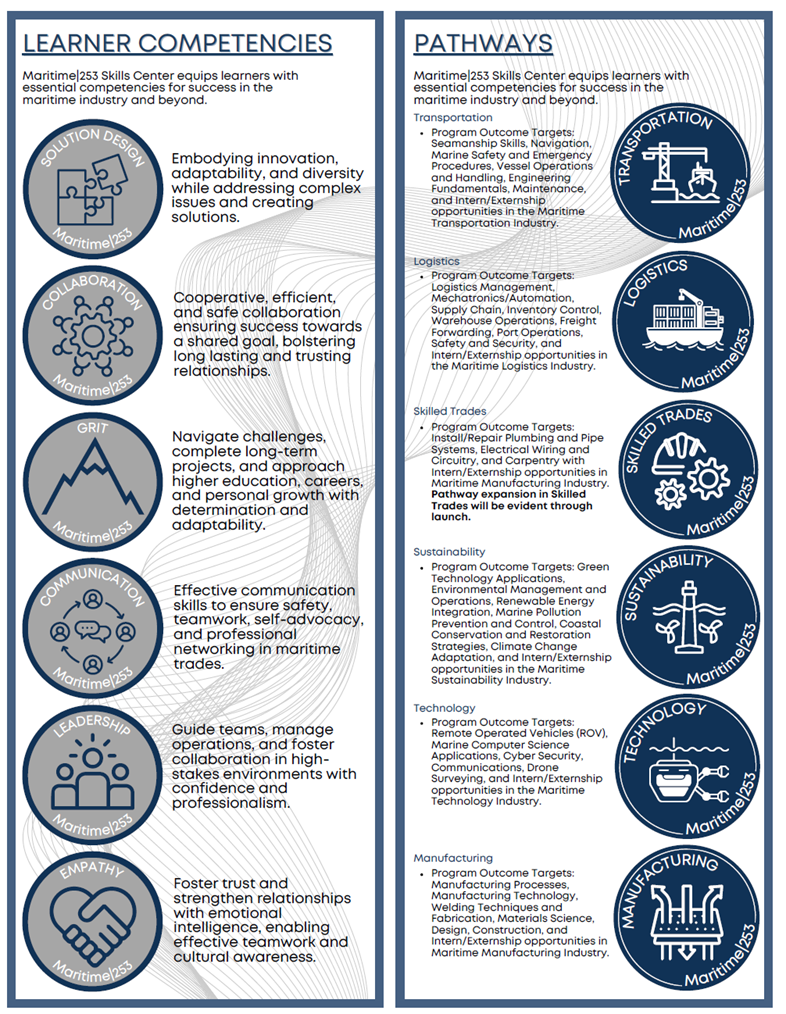
Design note: Even the building is a learning tool, with adaptability as a core element.
Indoor and outdoor learning spaces maximize place, extend purpose to every inch of the campus, and reinforce the larger blueprint of our region’s maritime economy.
Tacoma Flex: Bridging the Digital Divide Through Readiness
Built around learner agency, Tacoma Flex is our district’s vessel for an asynchronous, hybrid-enhanced learning model. Flex students personalize their schedules while pursuing full Career Cluster-aligned pathways that lead to real credentials, real certifications, and real next steps.
Students have access to:
- Asynchronous core instruction
- Synchronous mentorship and pathway coaching
- Dual credit and credentialing support
- Embedded High School and Beyond Plan development
This isn’t online school. It’s an intentional, high-impact, flexible readiness machine — meeting students where they are, connecting them to pathway-specific skills, and preparing them for where they want to go.
Jobs 253: Paid Internships with Purpose
We believe every student deserves access to real-world experience, not just résumé fillers. That’s where Jobs 253 comes in, aligning internships across multiple Career Clusters to real local labor needs.
Jobs 253 connects secondary learners with access to:
- Paid, mentored internship experiences
- Exposure to careers aligned with their interests and strengths
- Social capital-building with industry professionals and their community
- Tools to map their next steps, whether college, career, service, or startup
This year alone, we’ll serve over 750 students across sectors like Health Science, Education and Training, Hospitality and Tourism, and Business Management.
Social Capital Integration: Pathways + People = Power
Too often, students graduate with technical skills but lack the network or confidence to apply them. We’re changing that by embedding social capital development directly into every pathway and cluster.
Thanks to our work with Education Strategy Group, we are helping students:
- Identify and expand their networks
- Build intentional connections with mentors and industry partners
- Reflect on the “who” behind their “what’s next”
- Engage with guest speakers, industry panels, and peer connectors
Social capital isn’t an “add-on.” It’s an essential readiness accelerator, ensuring students can leverage what they know through who they know.
Bringing It All Together
These ecosystems are not isolated pilots. They are built on shared language, shared goals, and intentional alignment across Career Clusters, schools, and community partnerships.
Each cluster becomes a hub for:
- Pathway-aligned instruction
- Credentialed coursework and dual credit
- Work-based learning
- Student identity development
- Teacher professional growth
- Community and industry collaboration
And because they are rooted in the Advance CTE Career Cluster Framework, every pathway is both scalable and adaptable, designed to flex with industry needs while staying anchored to student purpose. Check out some examples of what agile, cross-cluster projects might look like.
What You Can Take Back to Your District
You don’t need a new building or a new schedule to start building pathway ecosystems. You only need a commitment to structure and a belief in students’ limitless potential.
Start with:
- Mapping current offerings to Career Clusters
- Identifying industry partners and local labor needs
- Designing crosswalks between academic content and career outcomes
- Investing in coaching and pathway leadership
- Making pathway visibility a core part of your K–12 culture
Career Clusters give you the structure. Your local context gives it soul.
Adam Kulaas serves as Director of Innovative Learning & CTE at Tacoma Public Schools. He designs systems that unlock learner agency, connect education to industry, and bring purpose to every pathway.
This is the second part in a three-part series on Rebooting Readiness in Tacoma Public Schools. The series focuses on rethinking CTE by leveraging the flexibility and real-world readiness of the Advance CTE Career Clusters Framework.
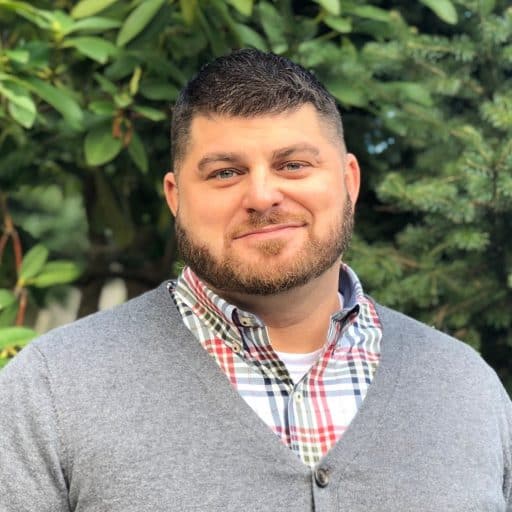


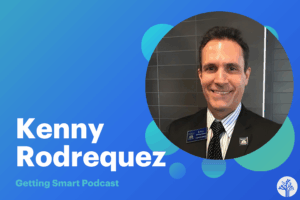

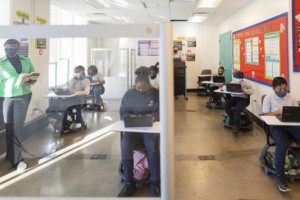
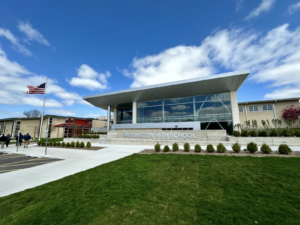
0 Comments
Leave a Comment
Your email address will not be published. All fields are required.